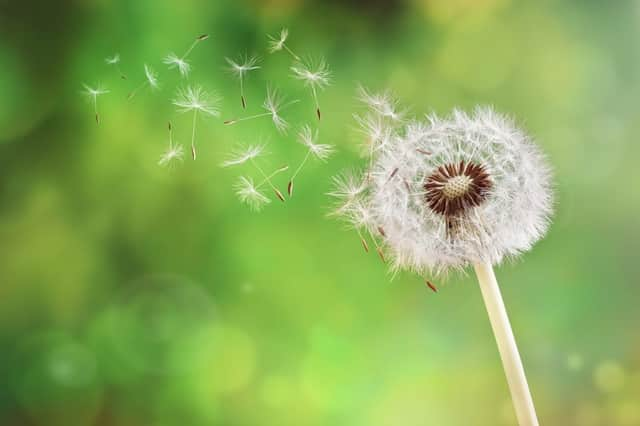This is when your hay fever symptoms will be worst depending on the type you suffer from


If you suffer with hay fever or asthma, you may have noticed your symptoms worsen this week, as pollen levels across the UK are particularly high.
But when your symptoms will be at their most severe is dependent on the type of hay fever you suffer from.
Hay fever seasons
Advertisement
Hide AdAdvertisement
Hide AdDepending on where you live in the UK, the hay fever season will start at different times.
In the north, there is a later start and the season is much shorter as there is generally less pollen, according to the Met Office.
Urban areas have a lower pollen count than in the countryside, while inland areas will have a higher count than around coastal parts.
Different times of the year will also bring different types of pollen to the air, with tree pollen occurring first, typically between late March through to mid-May. Grass pollen follows, usually from mid-May until July, and weed pollen later in the year from the end of June through to September.
Advertisement
Hide AdAdvertisement
Hide AdThe second, lower peak of grass pollen tends to occur in the first two weeks of July, before levels slowly tail off.
Weed pollen is more common later in the year, from the end of June through to September.
However, the peaks of pollen levels are very much dependent on the weather during spring and early summer, with lower temperatures meaning less pollen is produced. A dry spring season also helps to reduce the amount of pollen production.
Most people are allergic to grass pollen, which is most common during late spring and early summer (Photo: Shutterstock)
Pollen allergies
Advertisement
Hide AdAdvertisement
Hide AdThere are around 30 different types of pollen that can cause hay fever and it is possible to be allergic to more than one type, meaning your symptoms could be worse at different times of the year.
Most people are allergic to grass pollen, which is most common during late spring and early summer. Tree pollen tends to be released during spring, and affects around 25 per cent of people, while weed pollen can be released any time from early spring to late autumn.
Symptoms usually occur when the pollen count (the number of pollen grains in one cubic metre of air) exceeds 50, typically between late March and September, when the weather tends to be warmer, humid and windy.
When the weather is sunny, the pollen count is at its highest in the early evening and this is when symptoms are likely to be at their worst.
How to help your hay fever symptoms
Advertisement
Hide AdAdvertisement
Hide AdWhile there is currently no cure for hay fever, most people are able to relieve their symptoms with treatment, with many finding an improvement as they get older.
Sufferers can do the following to help ease symptoms when the pollen count is high: